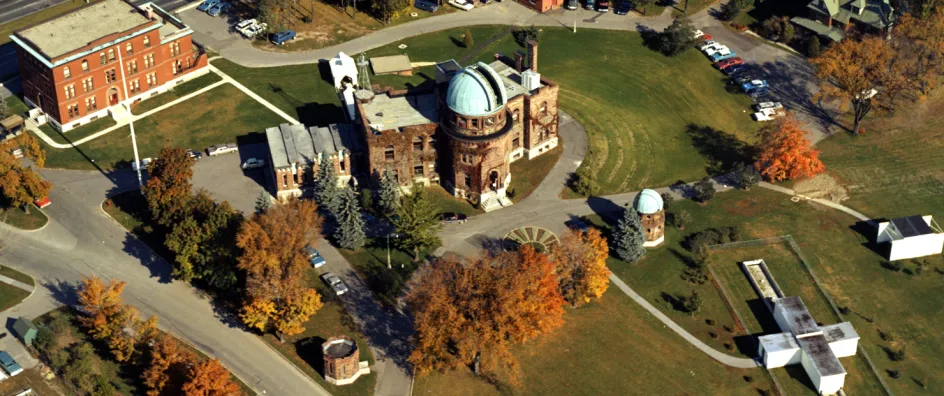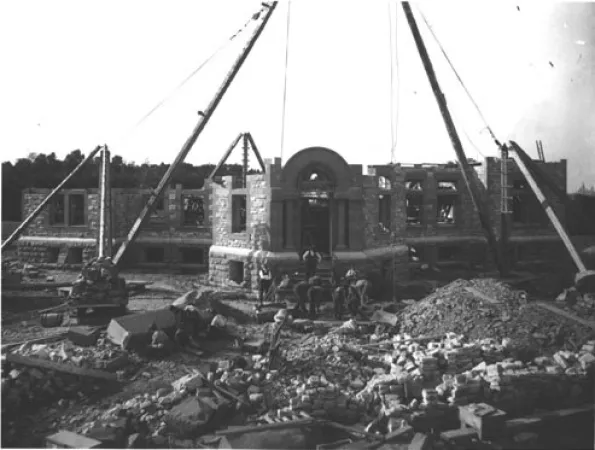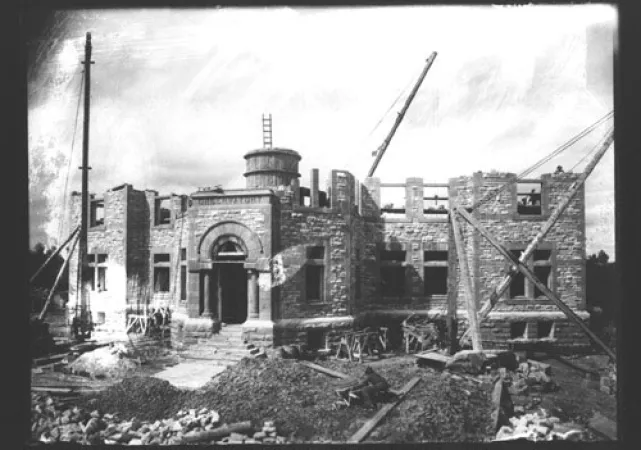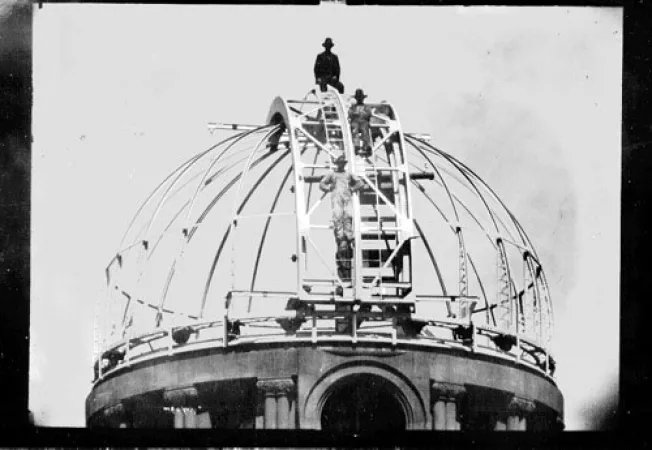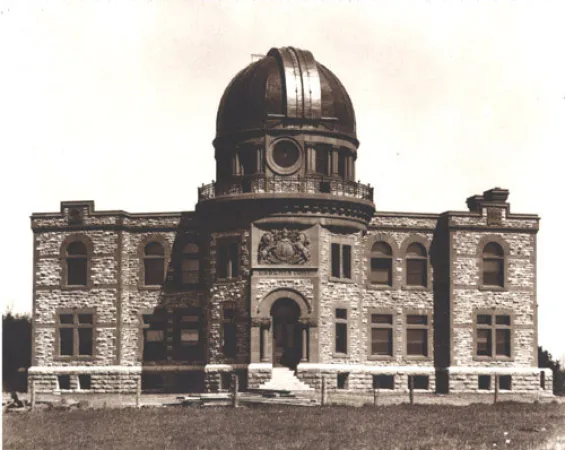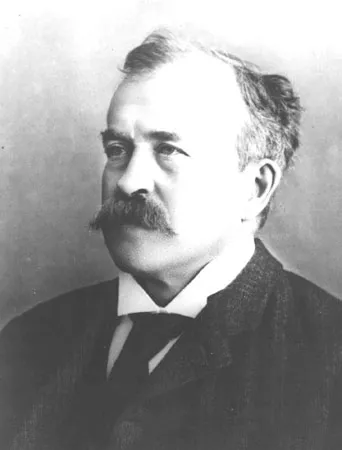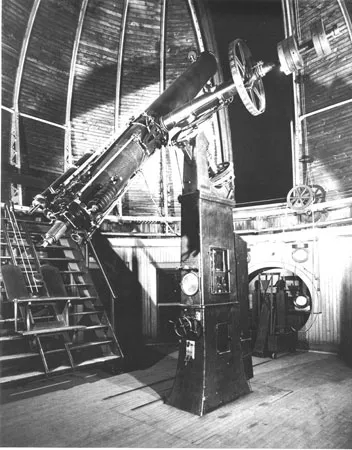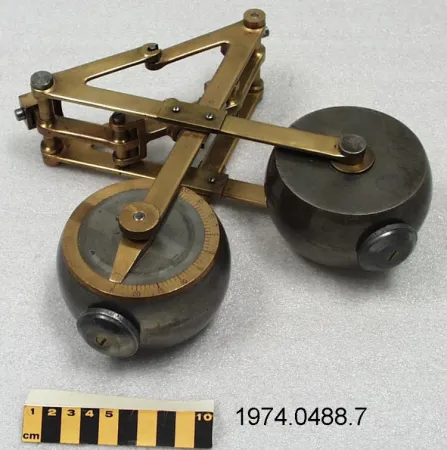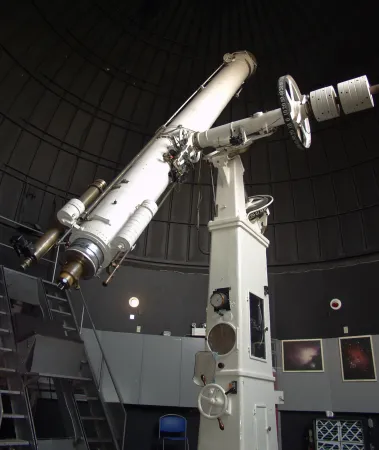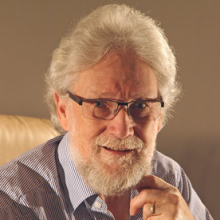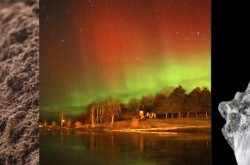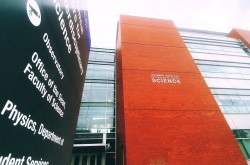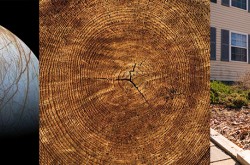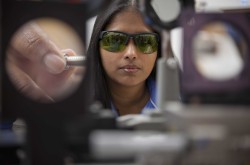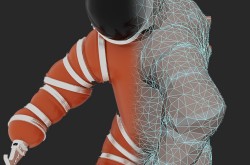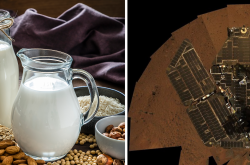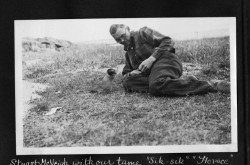The Dominion Observatory's Historic Telescope, part 2

The Dominion Observatory's Historic Telescope, part 2
Surveyor and astronomer, Otto Klotz (1852-1923) envisioned an observatory whose function in Canada mirrored that of the Royal Observatory at Greenwich, but with a supporting role for surveyors. The result was the founding of the Dominion Observatory with William Frederick King (1854-1916), the Chief Astronomer, as its first Director. The Observatory’s primary function was to mark the primary longitude for Canada and the determination and distribution of time to government departments, including Parliament, and to other businesses that required precise time, most notably the railways.

Construction
The image gallery below shows various phases of construction of the Observatory’s sandstone building and the equipment used to lift the large stones, and eventually the dome and telescope, into place. The building still stands today, a notable landmark on the Central Experimental Farm in Ottawa. The photographs were probably taken by J. S. Plaskett, who arrived in Ottawa from the University of Toronto in July 1903. The observatory dome was installed in 1904.
With a budget of $350,000 for the building and equipment, the telescope was ordered in June 1901 from Warner & Swasey and was to have optics by John Brashear. Both firms were located in Pittsburgh, Pennsylvania. The cost of the telescope was to be $14,625 and it was completed in January 1903. Precision clocks, including one by Sigmund Riefler, and sidereal and solar clocks were ordered from Paris and received in September 1902 at which point they began to be tested for accuracy and reliability.
Construction of the building on which the telescope’s dome was to be erected began in July 1902 when Klotz and King “laid out the line”—the orientation of building. Because of the transit instruments, the main portion of the structure is on an east-west line. The transit telescope and meridian instrument had to be accurately positioned to observe in the north-south plane of the sky — the meridian. On 12 August the building contractor, Théophile Viau, began excavation of the basement. The total cost of the contract was $74,999. The contract for the transit house, which was attached on the west side of the main building, was awarded to McGillivray & Labelle in 1904, with occupancy planned for mid-April 1905.
"The Dominion Observatory is a Classified Federal Heritage Building because of its historical associations, and its architectural and environmental values".
First Light: The Observatory's Main Telesocpe
The Dominion Observatory was completed in 1905 with “first light” with the main instrument, a 15-inch (38-cm) diameter refracting telescope, occurring on 17 April 1905. The Observatory became the primary reference point for anyone measuring time and geographical locations—latitudes and longitudes and altitudes—in Canada. The new facility combined functions from several other government departments but significantly added astronomical studies of natural phenomena of the Sun and stars. Observatory staff were also given the responsibility to study gravity variations, which are related to underlying natural resources like iron, and to the shape of the Earth.
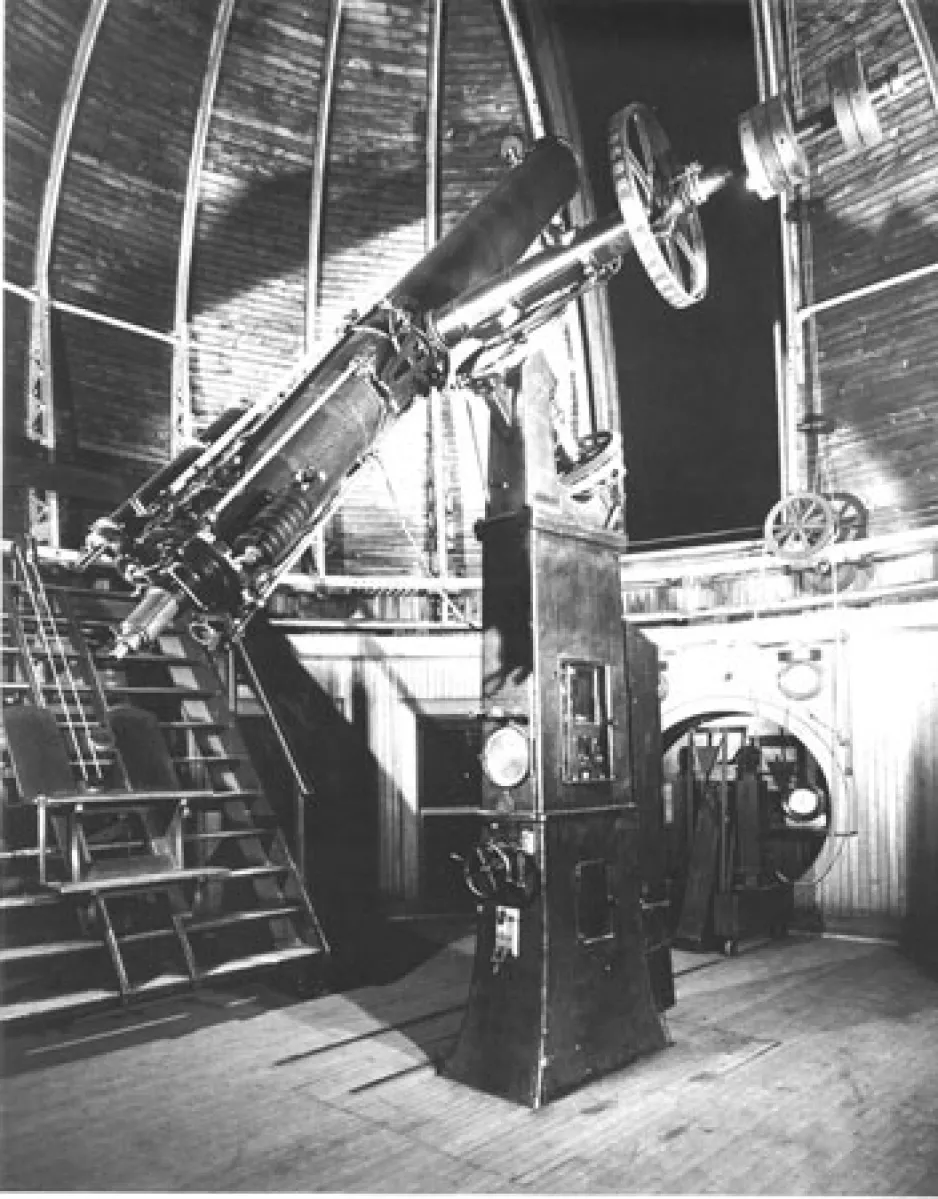
Figure 1. The Observatory’s telescope seen here in the early 1930's. Artifact no. 1974.0488
The 15-inch Refracting Telescope, ca. 1905
Manufacturer: Warner & Swasey Co.,
Cleveland, Ohio
Source: Energy, Mines and Resources Canada
Artifact no. 1974.0488
The 15-inch (38-cm) refracting telescope, the largest of its type in Canada was used until 2014 for public stargazing in the Museum’s Helen Sawyer Hogg Observatory. The original Brashear achromatic objective lens seen below was replaced in 1958 with one that is better suited to photography. The new lens, a triple apochromatic made by Perkin-Elmer, is the largest such lens ever made. The telescope’s drive motor, to track the stars, was also replaced at that time. The original mechanical drive (artifact no. 1974.0488), which was driven by falling weights (like those that drive a grandfather’s clock), was housed within the telescope base. The speed of the motor was controlled by a fly-weight governor, invented by James Watt in the eighteenth century, and often seen on steam engines.
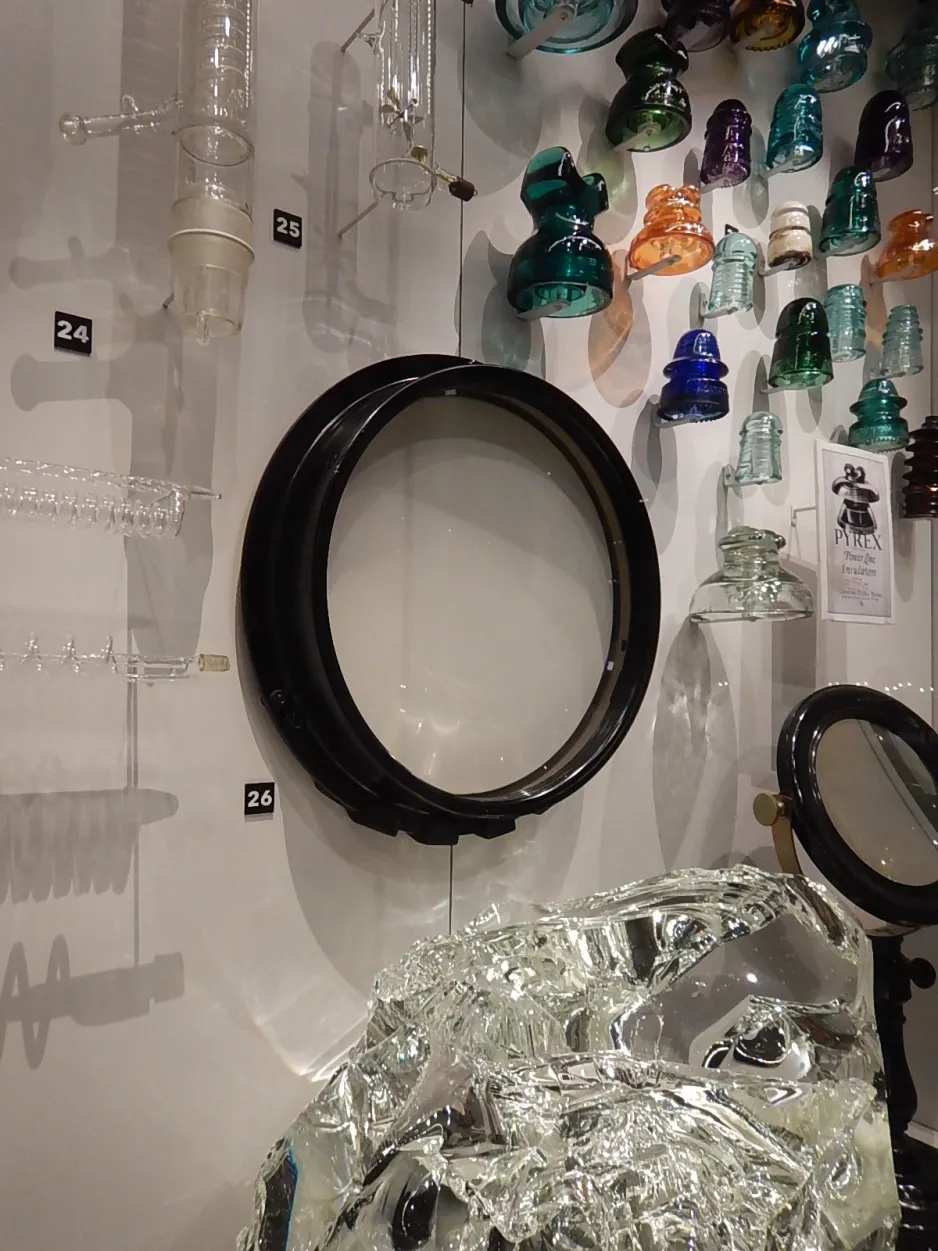
Brashear 15-inch Lens, ca. 1903
Manufacturer: John A. Brashear Co. Ltd.,
Pittsburgh, Pennsylvania, USA
Artifact no. 1975.1087
The telescope’s original 15-inch (38-cm) doublet lens was made by John Brashear but was replaced in 1958 by the world’s largest three-component lens system (apochromat), manufactured by Perkin-Elmer Corporation of Norwalk, Connecticut. The focal ratio of the telescope is f/15 in a tube length of 225 inches (5.7 metres).
The lens (at right) can be seen on display in the Canada Science and Technology Museum. In the foreground is a chunk of borosilicate optical glass (artifact no. 1966.0752).
Precision Tracking
Telescopes must rotate in order to compensate for the Earth's daily rotation. A drive mechanism (below left) allowed the instrument to rotate about its axis and track a celestial object as it moved across the sky. A falling weight like the ones on a grandfather clock drove the original mechanism of this telescope. A spring governor (below right) kept the motion constant. Precision tracking was required when taking long-exposure photographs, or when using other measuring instruments.

The original mechanical / clock drive (left), was powered by gravity driven weights and set inside the telescope's equatorial mount. The fly-weight governor at right survives, artifact no. 1974.0488.007.
The Dominion Observatory in 1966

Earth Physics at the Dominion Observatory. The various functions are well illustrated by this 1966 aerial photo. No. 12 is the Geodetic Survey Building, completed in 1914, no. 6 is the Gravity and Standards Testing Building, and no. 11, the Geophysical Laboratory. Today, the Dominion Observatory is a Federal Heritage building which rests on the grounds of the Central-Experimental-Farm National Historic Site of Canada. Buildings 3, 8, and 9 have since been removed.
1. The dome of the 15-inch refracting telescope, artifact no. 1974.0488; 2. The transit room. Note the rooftop slits/shutters which opened up for use of the meridian instrument and the Cooke & Sons transit telescope, artifact no. 1976.0300; 3. The white shed for the Brashear coelostat, artifact no. 1966.0402; 4. The building of the south meridian mark, for the meridian instrument (the north meridian mark was removed when Carling Avenue (at top) was constructed; 5. The Photo Equatorial Building for the Brashear astrograph, artifact no. 1966.0401; 6. Gravity and standards testing building; 7. Observatory House, home for the Director / Dominion Astronomer; 8. Building for the Photographic Zenith Tube (PZT) installed in 1951; 9. Mirror transit building (like the coelostat and PZT sheds, it had a roll-off roof); 10. The floral sundial, a centrepiece of the approach to the Observatory since its founding; 11. Geophysical laboratory; and 12. Seisomology building. Since the photo was taken, buildings 3, 8 and 9 have been disassembled.
Image Gallery
Additional Readings
Canada's Historic Places: The Dominion Observatory
Arthur Covington, A Zenith Telescope of Historical Interest, Journal of the Royal Astronomical Society of Canada, Vol. 55, No. 6, 1961.
John H. Hodgson, The Heavens Above and the Earth Beneath: A History of the Dominion Observatories, Energy, Mines and Resources Canada, 1989.
Richard Jarrell, The Cold Light of Dawn: A History of Canadian Astronomy, University of Toronto Press, 1988.
Otto Klotz, The Dominion Astronomical Observatory at Ottawa, Journal of the Royal Astronomical Society of Canada, Vol. 13, No. 1, 1919.


